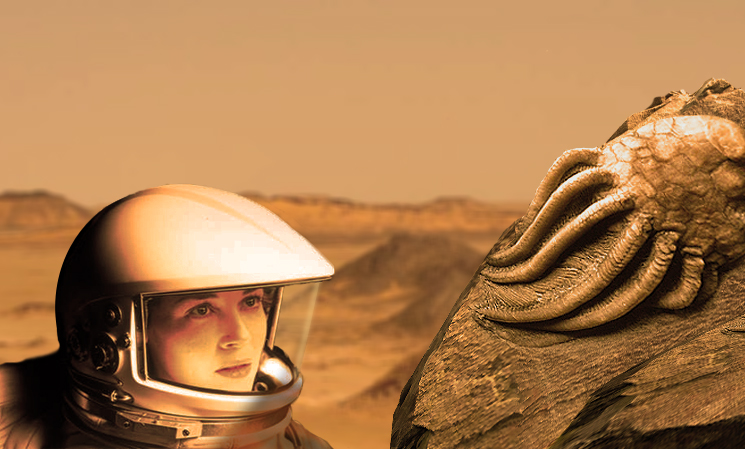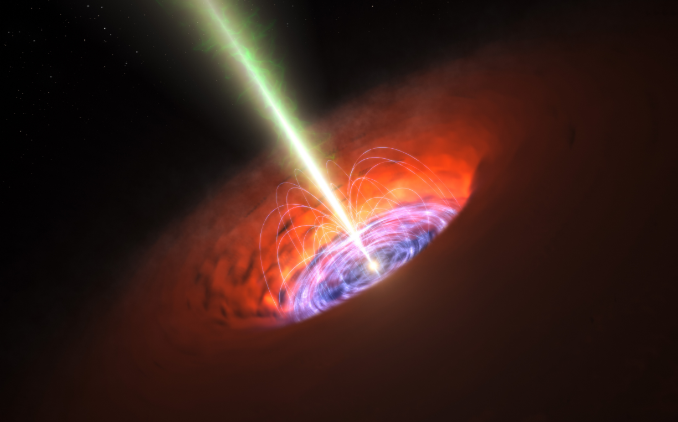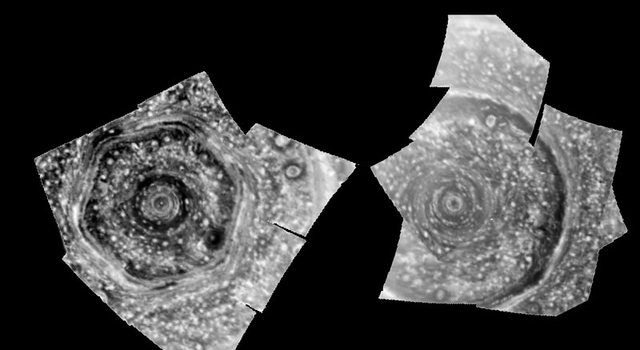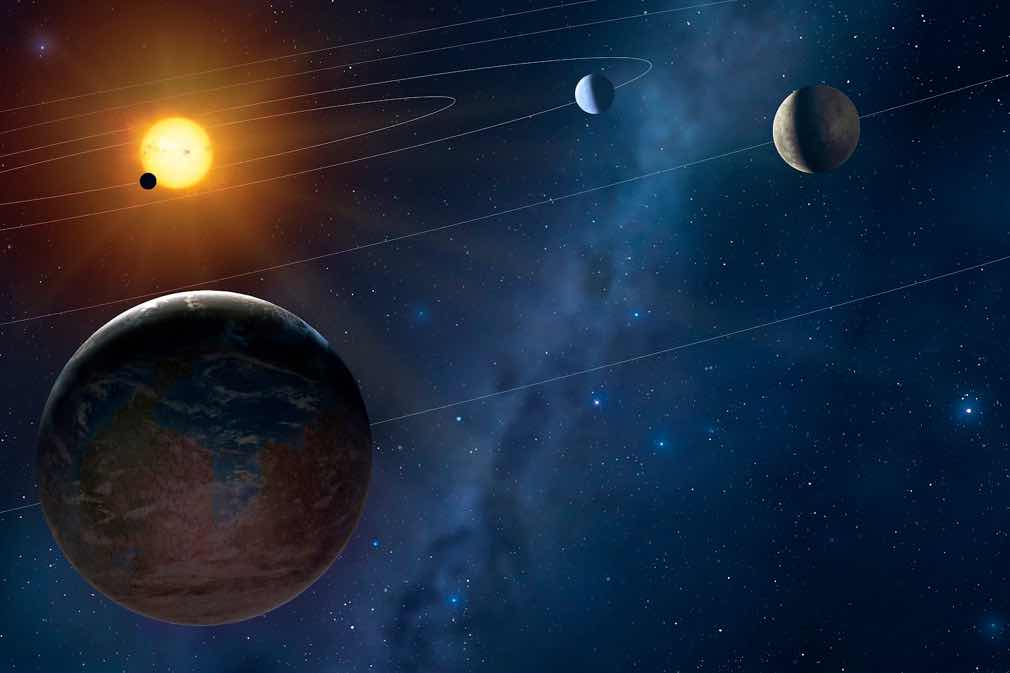The perception conundrum: “Gorilla effect” could be blinding us from actually detecting aliens
05/22/2018 / By Edsel Cook
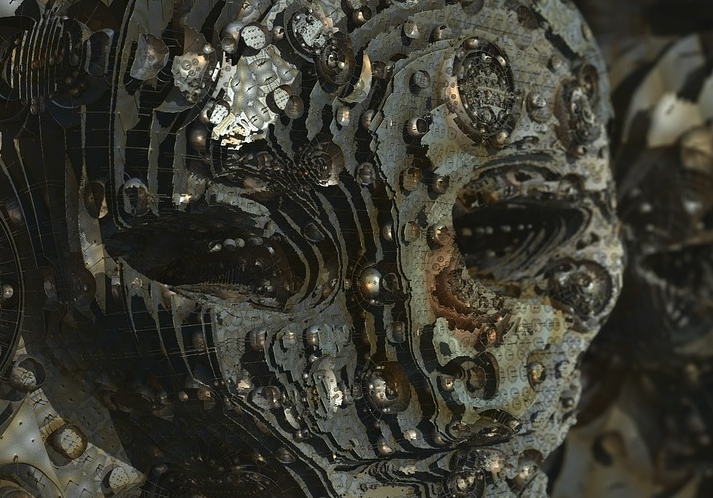
We might be looking for alien life in the wrong direction. A Spanish study suggests that alien hunters are blinded by the “gorilla effect,” where someone tunnel-visions on something so hard that he fails to notice something strange. Cosmologists focused on the human definition of life while ignoring unorthodox ideas such as aliens made of dark matter or hailing from another dimension or universe, according to an article on NanoWerk.
Gabriel de la Torre and Manuel García are neuropsychologists from the University of Cádiz (UCA). In their recently-published paper, they suggested that human consciousness, psychology, and neuropsychology affect the way we look for extraterrestrial civilizations.
In their experiment, they asked 137 participants a battery of questions to determine if they possessed either intuitive or rational thought processes. Next, they asked the participants to look at a series of photographs and determine which ones showed natural elements and which ones featured artificial structures.
One of the images also had a tiny figure dressed as a gorilla. The UCA researchers added the figure in order to determine how many participants noticed it. They also took note of the cognitive styles of the participants who spotted it.
Oblivious to the 800-pound alien gorilla in the room
According to the results of their experiment, more than half of the participants failed to notice the gorilla. Of the ones who did spot it, more of them leaned towards intuitive thinking rather than rational and methodical thought processes.
“Our traditional conception of space is limited by our brain, and we may have the signs above and be unable to see them. Maybe we’re not looking in the right direction,” De la Torre suggested.
In the same study, the researchers brought up the geometric structure found in the Occator crater of the dwarf planet Ceres. The aforementioned shape appears to be a triangle with a square contained inside it.
A rational mind would dismiss the shape as an impossibility. However, the UCA researchers suggest this is a case of pareidolia, a psychological phenomenon where people see a pattern where there are none.
Applying these psychological findings to the ongoing search for extraterrestrial intelligence, the UCA researchers believe cosmologists are being blinded by human preconceptions. Alien hunters aren’t looking for truly alien lifeforms so much as they’re looking for signs of human-like lifeforms on other planets.
The opposite of this could also be true. There might be alien signals right in front of us, but humans either lack the ability to detect them or do not recognize them as meaningful emissions. We therefore have to think out of the box. (Related: Alien Contact. Can We Answer Back?)
More advanced alien civilizations would be absolutely different from humans
To amend this, the Spanish researchers proposed a drastic revamp of what classifies as an intelligent civilization. Their new classification system is drawn from biology, lifespan, community, technological accomplishments, and distribution of population throughout space.
Humankind would count as a Type 1 civilization, the youngest and most limited of the three. Type 1s are prone to self-destruction due to dangerous technology, depletion of natural resources, or catastrophes.
Given time and luck, Type 1 civilizations could evolve into Type 2 civilizations. Members of the latter enjoy long lives and can travel to other galaxies. They can control gravity, quantum energy, and space-time.
Finally, there is the Type 3 civilization, the most advanced and furthest from modern-day humans. Type 3 beings are described as exotic entities who live forever, are freely able to access multiple dimensions and universes, and can control dark energy and dark matter.
Interested in reading similar articles about seemingly inexplicable occurrences? Visit Unexplained.news.
Sources include:
Tagged Under: alien civilizations, alien hunt, alien life, aliens, cosmic, cosmology, dark matter, extraterrestrials, gorilla effect, human limitation, intuitive thinking, methodical thinking, Mind, neuropsychology, neuroscience, pareidolia, Psychology, rational thinking, Space, thought process, Unexplained






